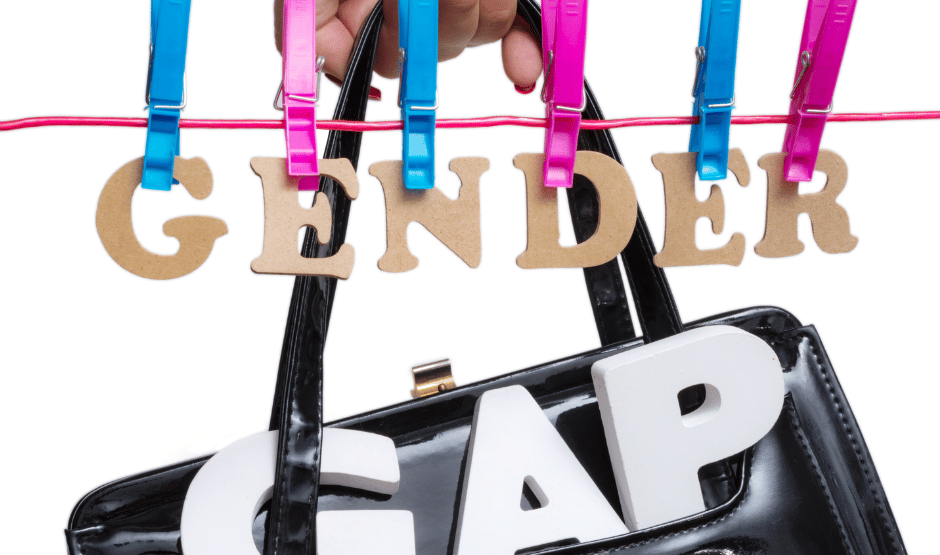Understanding the Gender Gap in Porn Addiction: Addressing Prevalence and Recovery Challenges
Gain insights into the prevalence of porn addiction and the challenges faced in recovery, with a focus on understanding the gender gap. Discover effective strategies and resources for overcoming th...


The Gender Gap in Porn Addiction: Understanding Differences in Prevalence and Recovery Experiences
In recent years, the topic of porn addiction has gained significant attention. While it is often assumed that men are more prone to this addiction, recent research suggests that there is a gender gap in the prevalence and recovery experiences of porn addiction. This article aims to explore and understand these differences.
Prevalence of Porn Addiction
Historically, porn addiction has been associated with men. However, studies now indicate that women are also affected by this addiction, albeit to a lesser extent. Research suggests that men are more likely to develop an addiction to pornography, but the gap between men and women is narrowing.
One possible reason for this gender gap is the societal stigma surrounding female sexuality. Women may be less likely to seek help or admit to having a porn addiction due to the fear of judgment and social repercussions. This could result in underreporting of porn addiction among women.
Another factor contributing to the gender gap in porn addiction is the accessibility and anonymity of online pornography. With the advent of the internet, pornography has become easily accessible to both men and women. The anonymity of online platforms may make it easier for women to engage in excessive porn consumption without the fear of being judged or stigmatized.
Recovery Experiences
While the prevalence of porn addiction may differ between genders, the recovery experiences also exhibit notable differences. Men and women may face distinct challenges when trying to overcome their addiction to pornography.
For men, societal expectations of masculinity can play a significant role in their recovery journey. Admitting to a porn addiction may be seen as a sign of weakness, which can make it difficult for men to seek help or support. The pressure to conform to traditional gender roles may hinder their ability to address and overcome their addiction effectively.
On the other hand, women may face unique challenges related to their recovery from porn addiction. The portrayal of women in pornography often perpetuates unrealistic beauty standards and objectification. This can lead to body image issues and low self-esteem, which may further complicate the recovery process for women.
Furthermore, the lack of resources and support specifically tailored to women with porn addiction can make it challenging for them to find the help they need. Many treatment programs and support groups are primarily designed for men, which may leave women feeling isolated and misunderstood.
Addressing the Gender Gap
To address the gender gap in porn addiction, it is crucial to promote awareness and understanding of the unique challenges faced by both men and women. Education and destigmatization efforts can help create a safe and supportive environment for individuals struggling with this addiction.
For men, it is essential to challenge the societal expectations of masculinity and encourage open conversations about porn addiction. Providing resources and support groups specifically tailored to men can also help them feel more comfortable seeking help and addressing their addiction.
For women, it is important to create spaces where they can discuss their experiences and seek support without judgment. Developing treatment programs and support groups that cater to the specific needs of women with porn addiction can make a significant difference in their recovery journey.
Additionally, it is crucial to address the underlying issues that contribute to porn addiction, such as low self-esteem, body image concerns, and relationship issues. Providing therapy and counseling that focuses on these underlying factors can help individuals, regardless of gender, overcome their addiction more effectively.
Conclusion
The gender gap in porn addiction is a complex issue that requires careful consideration and understanding. While men may be more prone to developing an addiction to pornography, women are also affected, albeit to a lesser extent. The recovery experiences of men and women differ due to societal expectations, body image concerns, and the lack of tailored resources and support.
Addressing the gender gap in porn addiction requires promoting awareness, challenging societal norms, and providing resources and support that cater to the unique needs of both men and women. By doing so, we can create a more inclusive and effective approach to addressing and overcoming porn addiction for all individuals.


